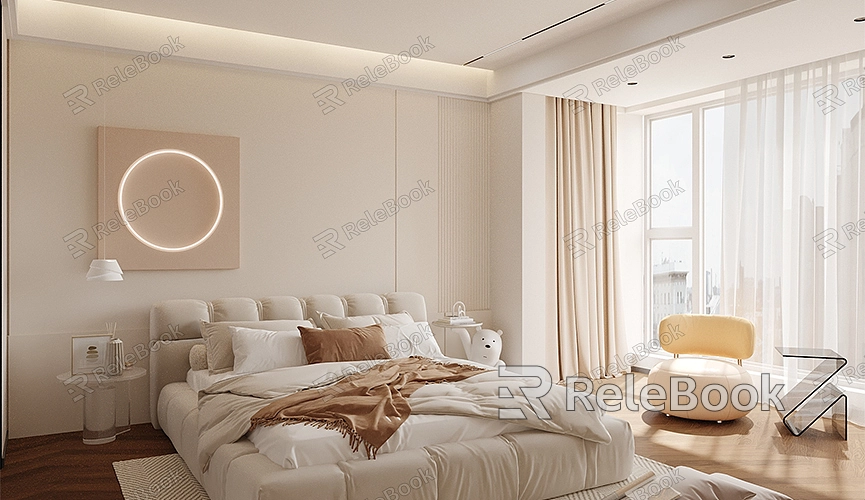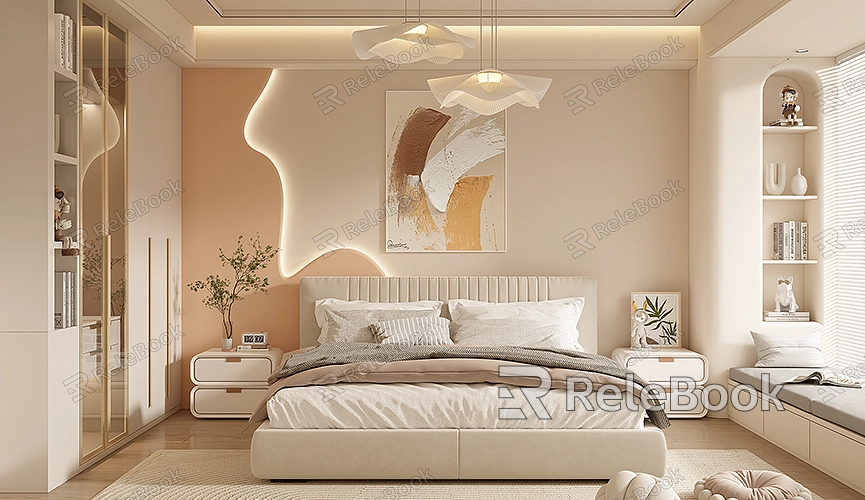How to Make Blender Render on GPU
Using GPU rendering in Blender is essential for speeding up render times compared to CPU rendering. GPUs (Graphics Processing Units) excel in handling parallel computing tasks, making them much faster for rendering large, complex scenes. This article will detail how to enable GPU rendering in Blender and share optimization techniques to significantly enhance your rendering efficiency.
Hardware Requirements
Before enabling GPU rendering, ensure your computer has a compatible GPU. Currently, Blender supports NVIDIA and AMD graphics cards, with NVIDIA CUDA and OptiX renderers offering better support.

Enabling GPU Rendering
Install Graphics Drivers
Firstly, ensure your graphics card drivers are up to date. Download the latest drivers from NVIDIA or AMD's official websites and follow the installation instructions.
Setting Blender for GPU Rendering
1. Open Blender and go to the "Edit" menu, then select "Preferences."
2. In the Preferences window, click on the "System" tab on the left.
3. In the "Cycles Render Devices" section on the right, choose "CUDA" or "OptiX" (for NVIDIA cards) or "OpenCL" (for AMD cards).
4. Check the box next to your GPU device and close the Preferences window.

Setting the Render Engine
1. In Blender's main interface, switch to the "Properties" panel (the tab on the right).
2. Click on the "Render Properties" icon (looks like a camera).
3. In the "Render Engine" dropdown menu, select "Cycles."
4. Under the "Device" dropdown menu, choose "GPU Compute."
Optimizing GPU Rendering Settings
Adjusting Tile Size
Tile Size determines the size of image regions processed during rendering. Larger tile sizes are generally more efficient for GPU rendering. You can find the "Tile Size" setting in the "Render Properties" panel and set it to 256x256 or larger.
Enable Adaptive Sampling
Adaptive Sampling dynamically adjusts the sampling rate based on the complexity of image regions, speeding up rendering. In the "Render Properties" panel, check "Adaptive Sampling."
Enable OptiX Denoising
If using an NVIDIA RTX card, enable OptiX denoising acceleration. In the "Render Properties" panel, set the "Feature Set" to "Experimental" and check "OptiX."
Reduce Ray Bounces
More ray bounces increase rendering time. In the "Render Properties" panel under "Light Paths," reduce parameters like "Max Bounces" and "Diffuse Bounces" as needed.
Rendering Test
After adjusting these settings, perform a test render to check for changes in rendering time and image quality. If image quality suffers, adjust sampling rates and ray bounces to find the optimal balance between performance and quality.
Troubleshooting
Rendering Crashes or Black Screens
Issues like crashes or black screens during GPU rendering may indicate insufficient VRAM. Try reducing the number of geometries in your scene or lowering texture resolutions to reduce VRAM usage.
No Significant Speed Improvement
If GPU rendering doesn't noticeably speed up, check:
- Ensure the correct GPU device is selected.
- Verify your graphics card drivers are up to date.
- Check if Tile Size settings are appropriate.
Image Quality Issues
If encountering noise or other quality issues during GPU rendering, try:
- Increasing sampling rates.
- Enabling denoising (check "Denoising" in the "Render Properties" panel).
By following these steps, you can successfully enable GPU rendering in Blender, significantly improving rendering speed and efficiency. GPU rendering not only saves time but also allows for faster iterations and adjustments, boosting creative productivity. If you need high-quality 3D textures, HDRI, or downloadable 3D models for creating models and virtual scenes, consider downloading them from Relebook for seamless integration into your projects.

